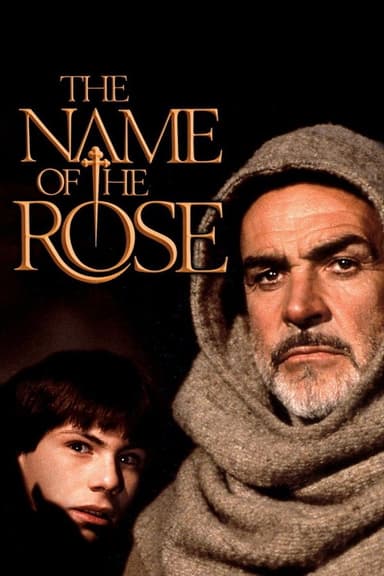
Lord Peter Wimsey Mysteries: Five Red Herrings
1975 •
Lord Peter Wimsey (Ian Carmichael) sees his fishing holiday in Scotland interrupted when a local artist is found dead. Although his death appears to be an accident, the man's fiery temper, ongoing feuds and a key piece of evidence point to murder. To divine the killer from a list of six likely suspects, Wimsey must employ all of his sleuthing skills in this BBC adaptation of the 1931 novel by Dorothy L. Sayers.
Why you should read the novel
Before you watch any screen version, experience Dorothy L. Sayers’ Five Red Herrings as it was meant to be enjoyed: on the page. The Lord Peter Wimsey novel plunges you into the artists’ colony of Galloway with richly textured atmosphere, sly wit, and the satisfying mechanics of classic Golden Age detective fiction.
Sayers builds a brain-tickling puzzle from alibis, train times, bicycles, studios, and brushes, rewarding attentive readers with fair-play clueing and razor-sharp logic. The book’s immersive descriptions of Kirkcudbright and the surrounding countryside, alongside authentic artistic detail, make every location and motive feel tangible.
Reading Five Red Herrings gives you the full measure of Wimsey’s intellect, Bunter’s quiet brilliance, and Sayers’ elegant prose rhythms. If you love armchair detection, layered characterization, and clues hiding in plain sight, the novel delivers a deeper, more interactive experience than any adaptation.
Adaptation differences
The 1975 adaptation streamlines Sayers’ intricate timetable puzzle to fit screen pacing. Several minor witnesses and side-errands are trimmed or merged, and some sequences are reordered so revelations arrive more cinematically while the core solution remains intact.
On the page, Sayers leans into Scots dialect, small-town rhythms, and Wimsey’s interior reasoning. The adaptation softens dialect for clarity, externalizes thought as dialogue, and gives Bunter slightly more visible legwork, shifting the balance of characterization without altering the main relationships.
Sayers’ novel luxuriates in precise technical clues—rail and road timings, studio setups, painting habits, and the exact mechanics of alibis. The series conveys many of these visually but compresses charts and step-by-step reconstructions; a few red-herring trails are shortened, and some transport details are simplified for narrative flow.
Where the book culminates in an extended, methodical exposition by Wimsey, the adaptation favors reenactment and location-based demonstration. The Galloway scenery is vividly realized on screen, yet the novel offers a denser cartographic sense of place and a more granular procedural logic that puzzle-purists will relish.
Lord Peter Wimsey Mysteries: Five Red Herrings inspired from
Five Red Herrings
by Dorothy L. Sayers










